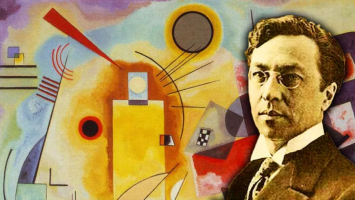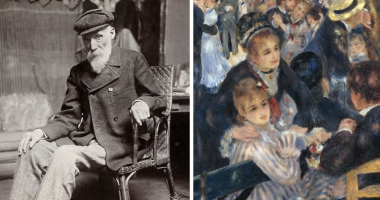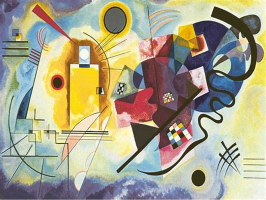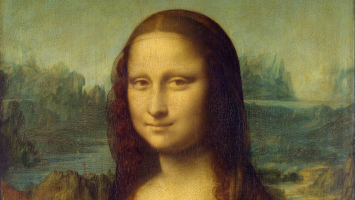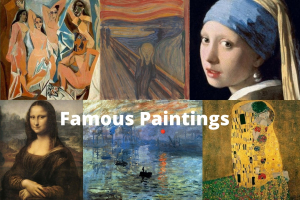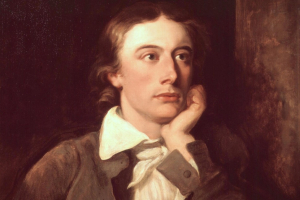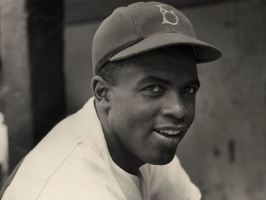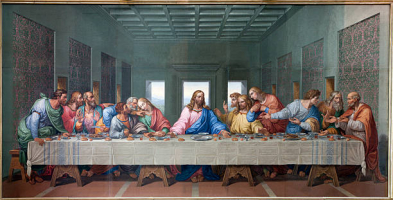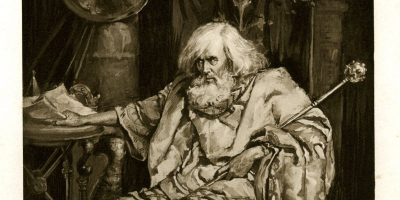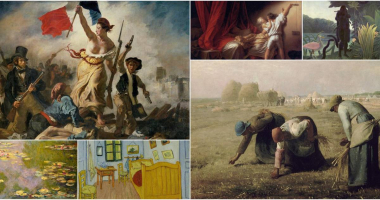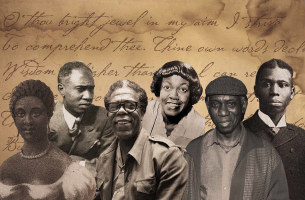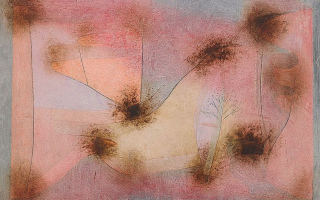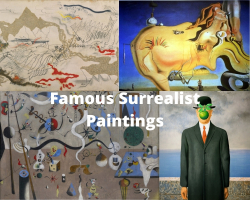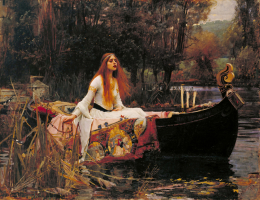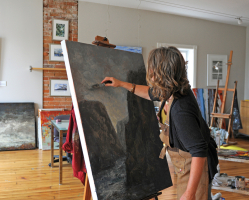Top 10 Most Famous Paintings by Pablo Picasso
Pablo Ruiz y Picasso (1881-1973) was a Spanish artist often recognized as history's finest painter. He was one of the twentieth century's most significant ... read more...artists. He defied convention by co-founding the art movement Cubism, which transformed European painting and sculpture. Picasso was a prolific artist who produced around 1900 paintings during his long career, in addition to a vast amount of work in other media. Several of his paintings are among the most costly ever sold, however, the majority of his most famous works are held by museums. Here are Pablo Picasso's ten most famous paintings, including Cubist classics and works from his Blue Period.
-
Picasso was severely affected by the tragedies of the Spanish Civil War, which began on 17 July 1936 with a military coup headed by General Francisco Franco against the Spanish Republic.
Franco's army had complete control of the country seven months later. Picasso informed his friend Joan Miró that he wanted to make something to express his rage after visiting Barcelona in October 1936 and witnessing vast destruction from violent fighting.
He later wrote, "I'm planning to paint something enormous... I'll accomplish it with all of my zeal." On December 2, 1936, he began sketching for the painting. Guernica has been considered the artist's most powerful work and one of his few truly epic masterpieces.
The picture was inspired by the bombing of Guernica, a Basque Country village in northern Spain, during the Spanish Civil War by German planes led by General Franco. With striking power, it shows the agony and anguish of war. A wide-eyed bull stands to the left of the canvas, above a mother who is holding a dead infant in her arms. The focal point is a horse in misery as if struck by a weapon. A dismembered soldier lies beneath the horse, while a terrified female figure appears to have floated into the chamber through a window. An awestruck woman staggers towards the middle from the right. The bull and the horse, the painting's two primary motifs, are important figures in Spanish culture.
Picasso completed the painting in 1937, and it is regarded as one of his most iconic works. It illustrates the atrocities of war, such as brutality and death. The painting depicts all of the events that occurred during the conflict rather than any one combat or event.Year: 1937
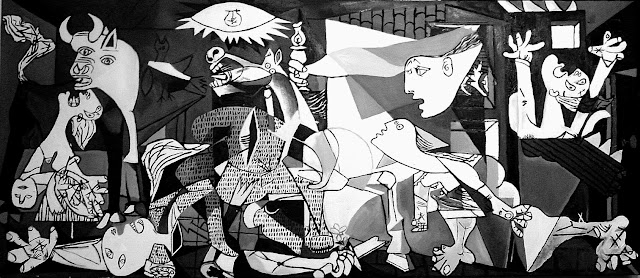
Paintings & Arts on Postage Stamps Around the World 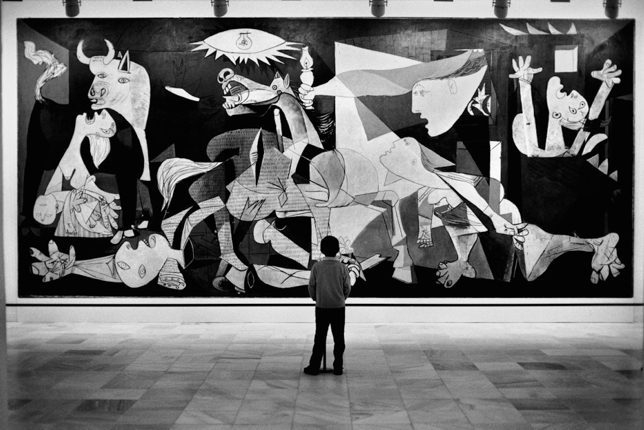
Interlude.hk -
"Les Demoiselles d'Avignon" is widely regarded as the earliest Cubist piece of art. Pablo Picasso made this artwork in 1907. The painting was completed during the height of his formative Cubism period and is considered one of the most important works in modern art history.
Picasso arrived in Paris at a time when many painters were developing new, inventive kinds of art. This meant that Picasso was not yet pigeonholed into one style and could explore several routes without fear of being judged by critics or other artists.
This flexibility allowed him to express his creativity and experiment with various approaches and methods without feeling compelled to adhere to what others were doing at the time.The artwork was done using a combination of techniques that Picasso had been experimenting with at the time. It was a pivotal point in his career, allowing him to break through to abstraction and modern art.
This picture is particularly notable since when it was first shown in public, it shocked many people and elicited a lot of negative comments because people at the time were not used to seeing such paintings.Picasso depicts each character in the painting, with the most rigorously Cubist aspect being the head of the woman tugging the curtain in the upper right. The picture was contentious not only because of its unconventional style but also because of its theme. It was originally shown to the public in 1916, with the title modified to diminish the scandalous impact. The work's title, Avignon, refers to a street in Barcelona known for its brothels. The artwork depicts five naked female prostitutes in an unsettlingly confrontational pose. They have jagged and fragmented body shapes, with African mask-like characteristics on the two figures on the right. Les Demoiselles d'Avignon had a huge and lasting impact on modern art.
English Title: The Young Ladies of Avignon
Year: 1907
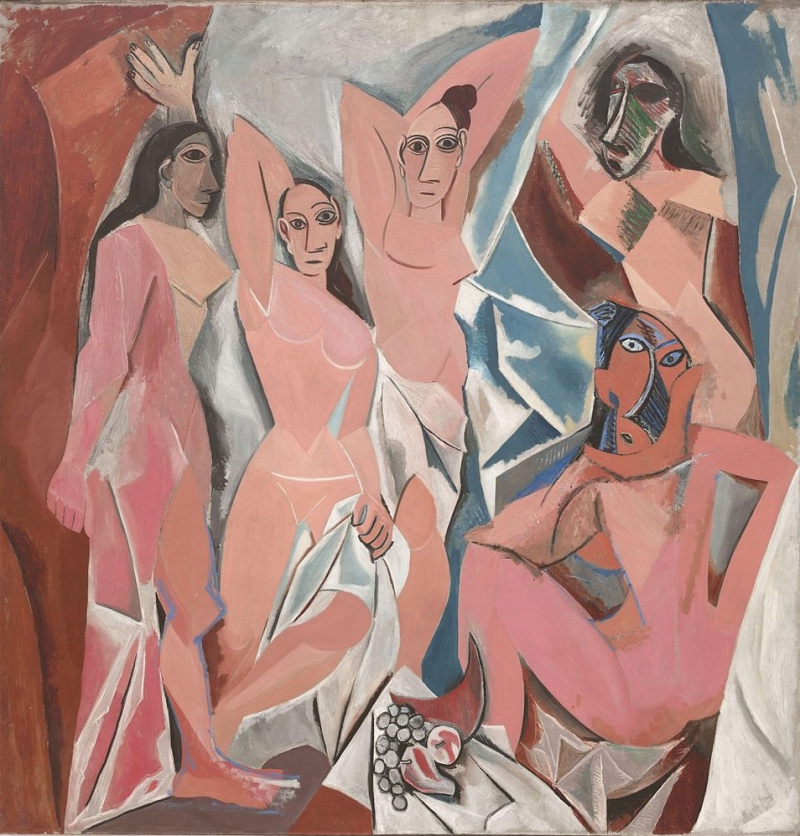
KAZoART 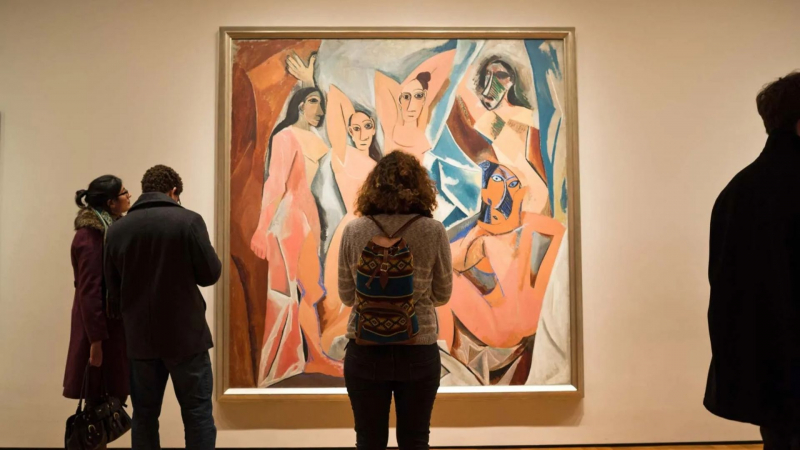
Encyclopedia Britannica -
Pablo Picasso was famous for his odd renditions of the figures he painted. Later in life, he began to paint in more brilliant colors to portray the emotional significance of the topic. Pablo Picasso completed The Weeping Woman, oil on canvas work, in 1937 in France.
Pablo Picasso depicts a crying woman clutching her dead kid in his masterpiece Guernica. He subsequently made a succession of portraits based on this person, culminating in this painting, the series' last and most intricate work. Dora Maar, a French photographer and painter who was his mistress from 1936 to 1944, is the model in the artwork. Maar was Picasso's principal model and one of the most influential individuals in his life during their relationship. Picasso skillfully depicts the individual in the portrait's suffering and horror by using distorted pictures, deliberately placed tears, blue chattering teeth, and piercing black eyes. Aside from being the most famous painting in Picasso's Weeping Woman series, this portrait is also his most iconic image of Maar.
"Weeping Woman" depicts a sad female crying and clutching a handkerchief to her face to wipe away her tears. This global portrait of suffering is painted in the flattened style of Picasso's early analytical Cubism, defined by the use of angular and overlapping portions of the subject's face as if painted from multiple angles at the same time.
Year: 1937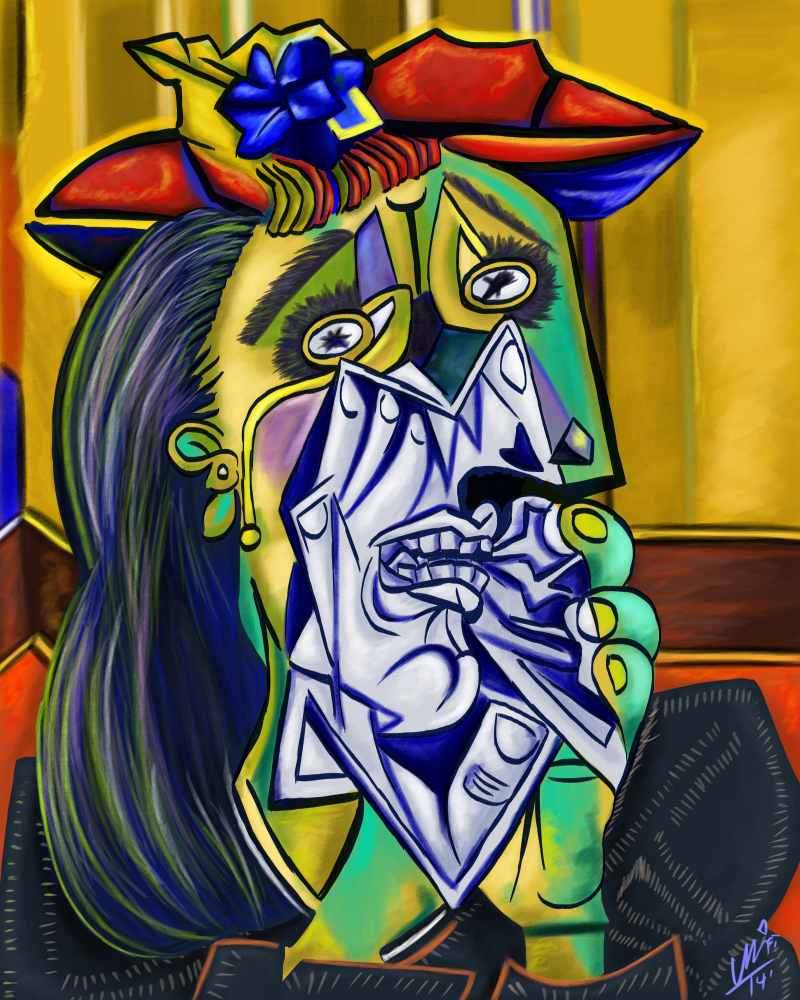
DeviantArt 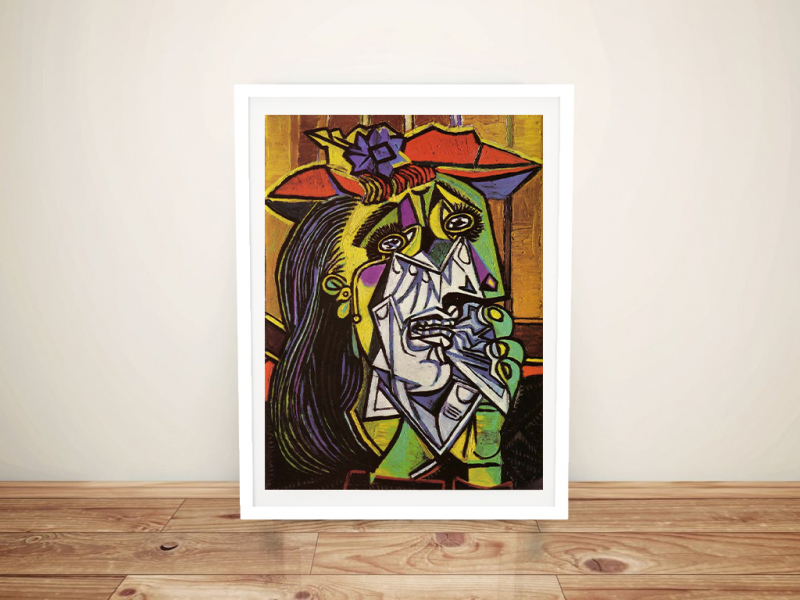
Canvas Prints Australia -
Picasso lived the majority of his life in terrible poverty, and it is stated that it was during this time that he developed a strong sympathy for the world's poor and disadvantaged. The Old Guitarist was created in 1903, at a time when Picasso was thought to be nearly penniless while residing in Barcelona. This period has been nicknamed his "Blue" phase, in which he painted practically every canvas in a drab monochromatic palette of blue, a shade that corresponded to the type of subject matter that he would explore.
Picasso painted this work shortly after his close friend Casagemas committed himself after a long fight with mental illness and despair. The artist focused on those who are often oppressed and burdened by the issues and troubles that consume humanity in this piece, as well as others during this time period. The painting offers a strong sense of sadness to the viewer because it is done entirely in a deep blue color.The man in the image is carrying a guitar and appears to be playing a somber tune, his face etched with anguish and grief. According to art critics and historians, Picasso's great use of the color blue accurately enforces the feeling of sorrow that so many people experience in this piece. The guitar stands out against the monochrome blue's subdued practically flat, two-dimensional contours, while the player appears dejected and forlorn. Its brown body is the painting's only color change. The instrument fills the area around the single man, who appears oblivious to his blindness and poverty while he plays, both physically and symbolically. At the time the artwork was created, Symbolist literature featured blind individuals with inner vision powers. Picasso's own country, Spain, is also represented by the blind musician's slender, skeleton-like form. The old man's extended limbs and cramped, angular posture are reminiscent of El Greco's figures from the 16th century.
In 1998, researchers discovered a young mother seated in the center of the composition, reaching out with her left arm to her kneeling child to her right, and a calf or sheep on the mother's left side, using an infrared camera. Although Pablo Picasso eventually rejected his Blue Period works as "nothing but sentiment," these paintings remain immensely popular, with The Old Guitarist being the most well-known.
Year: 1903 – 1904
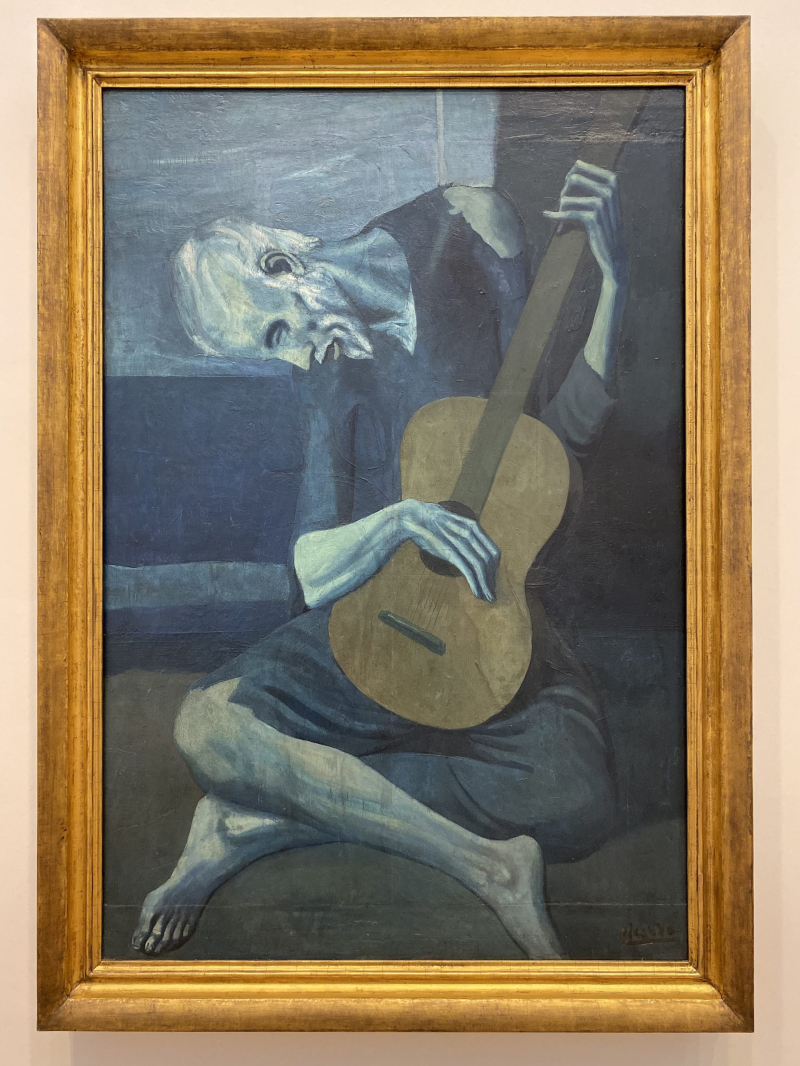
Public Delivery 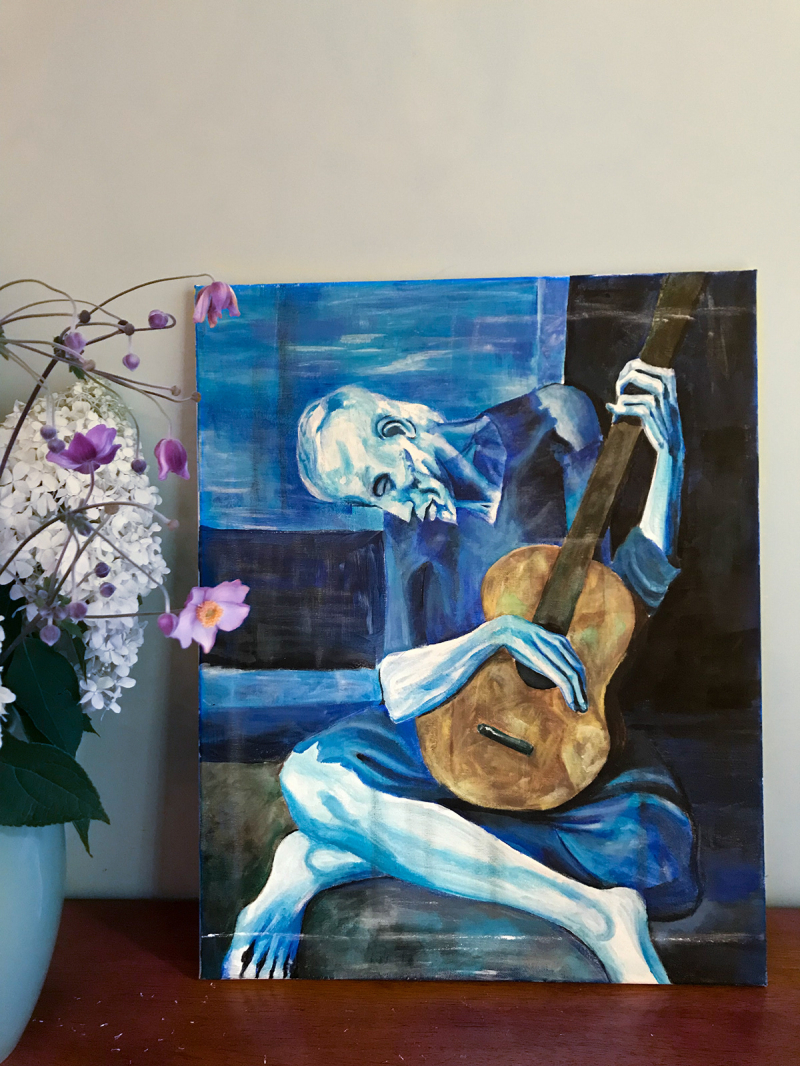
Behance -
Girl before a Mirror was created by Pablo Picasso in 1932 as an oil on canvas artwork. Picasso's mistress and muse, Marie-Thérèse Walter, is seen standing in front of a mirror, staring at her reflection. Picasso painted Marie-Thérèse several times during the 1930s. His photographs of her from 1932 were the first public display of their hidden passion while he was married to Olga Khokhlova.
The year 1932 shaped Picasso's creative career. At this stage in his life, he had turned 50 and had established himself as a notable artist. Picasso curated a retrospective exhibition of his work at Galerie Georges Petit in 1932, which was unusual for an artist, and even more unexpectedly, Picasso took care of the curating.
Girl before a Mirror is a snapshot of a woman looking in the mirror, presenting a darker version of herself. The woman's face has been divided into two sections, one in a soothing lavender tint and the other in a vivid yellow. Girl before a Mirror depicts her on the left side as lovely and make-up-free, while on the right side her face is darker, her eyes are wide and hollow, and her very feminine form is twisted and contorted. The painting is well-known for its numerous interpretations. Some critics believe it represents Walter's day-self and her night-self. Others interpret it as Walter confronting her death by glancing in the mirror, which foreshadows her final fate. It could also refer to her transformation from a young girl unaware of her sexuality to a mature lady knowledgeable of her own sexuality.Year: 1932
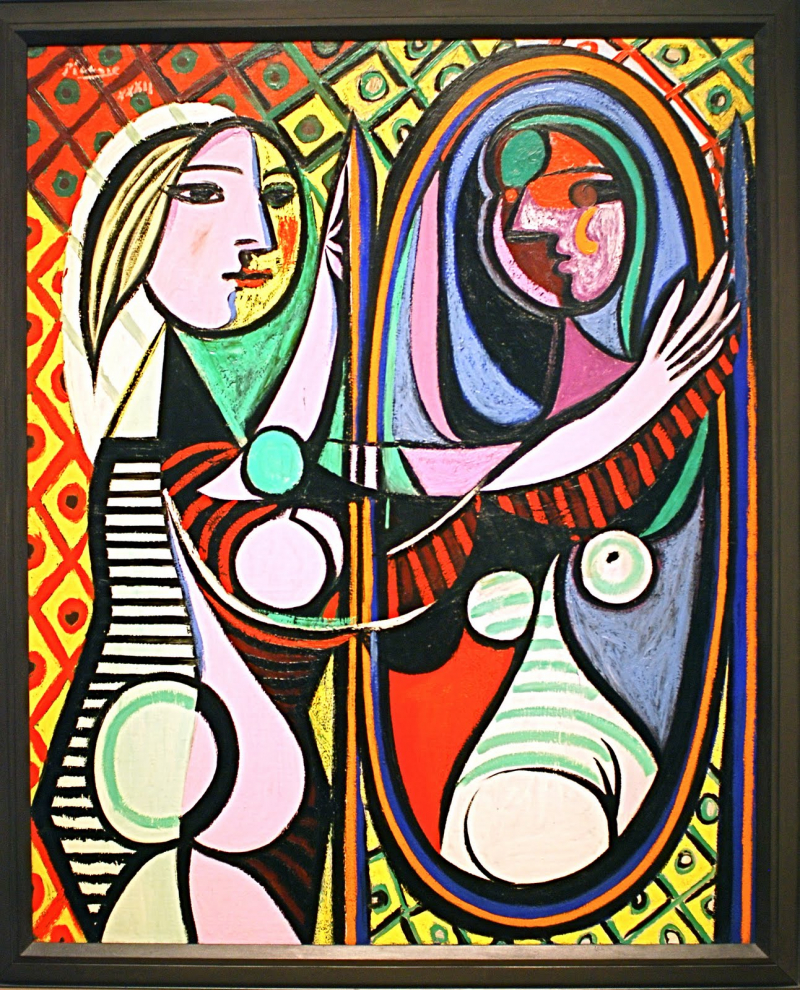
Penfluky 
Taiwan -
The Blue Period refers to Pablo Picasso's corpus of work between 1901 and 1904. This period's paintings are primarily monochromatic in tones of blue and blue-green. Picasso's dear friend, Carlos Casagemas, committed suicide, which contributed to the Blue Period's often sorrowful subject matter. Casagemas was an art student and poet who committed suicide because he was in love with an artist's model named Germaine Pichot.
La Vie, along with The Old Guitarist, is considered the apex of Picasso's Blue Period. A naked couple confronts a mother holding a child in her arms in the painting. The painting's masculine figure is a portrait of Carlos Casagemas, who Picasso painted in multiple posthumous portraits.There are also two paintings within the artwork. The upper image depicts a nude pair hugging, while the lower image depicts a lone nude person. The other pair may be seen in the room's background, which appears to be a studio. Sorrow by Vincent Van Gogh is claimed to have influenced the latter.
Picasso repainted another motif of a birdman assaulting a naked woman, but only traces of it may be seen with the naked eye.
English Title: Life
Year: 1903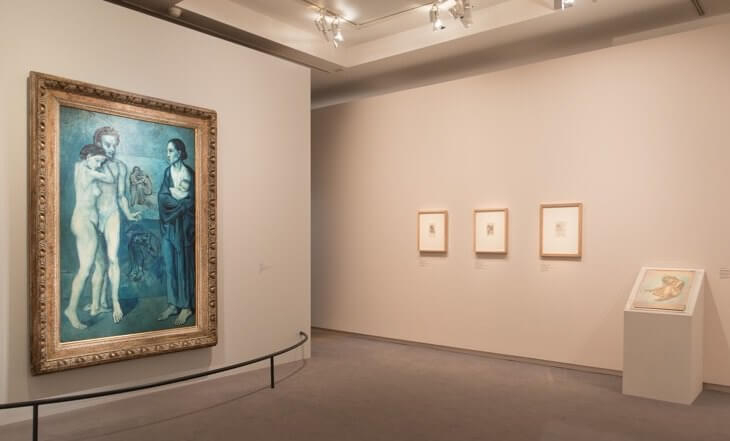
Pablo Picasso 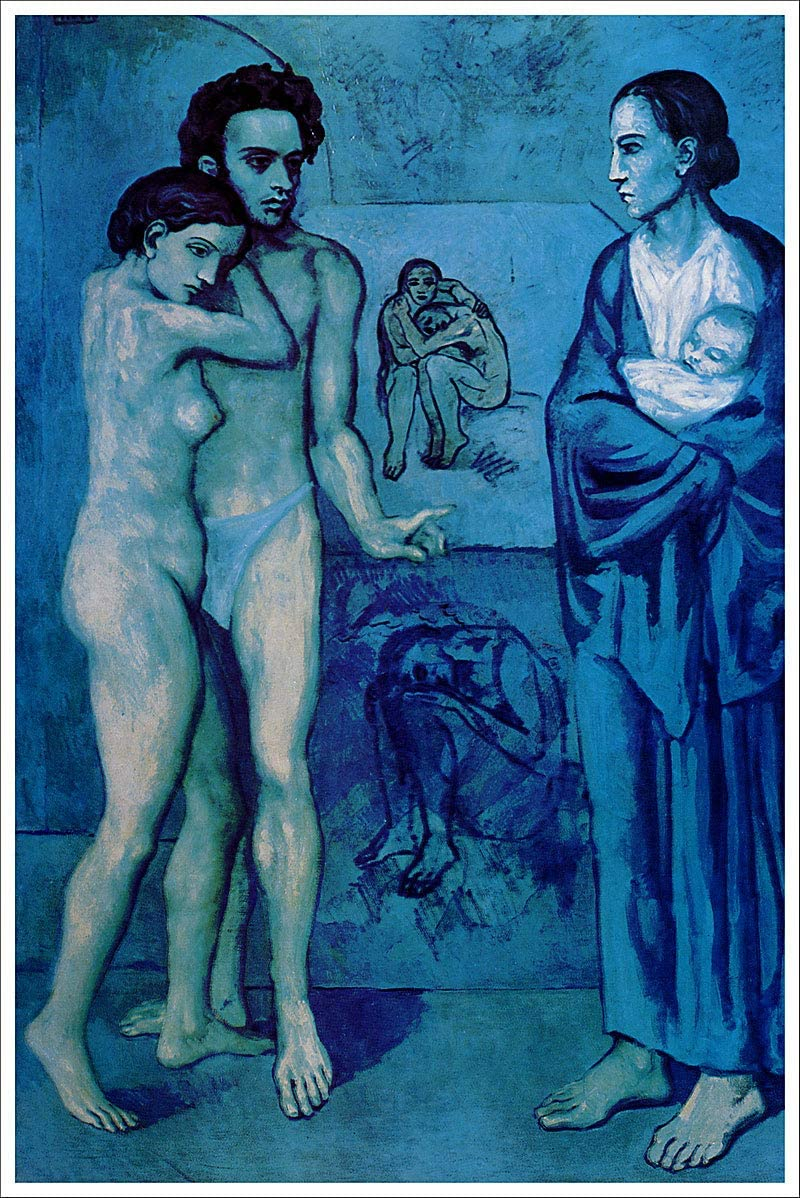
Amazon.com -
Picasso's well-known picture Ma Jolie (in English: My Pretty Girl) was inspired by the chorus of a popular song that Picasso enjoyed listening to while living in Paris. Picasso's attractive, young mistress, Eva Gouel, who he referred to as Ma Jolie, is also included in the artwork.
Picasso began this painting in the winter of 1911 and finished it in 1912. He painted it in the analytic cubist style. The earliest stage in the evolution of cubism art as analytic cubism. The use of monochromatic colors and the simplification of forms into simple geometric elements distinguish this style.
This picture is regarded as innovative in the art world. Picasso used black letters to integrate language and symbolism with musical aspects. He also set the groundwork for the birth of abstract form.
This is not a standard portrait painting. Picasso tends to depict his subject matter using little, hidden, and symbolic aspects. Picasso pushes his artistic horizons once more, this time to forms and styles not yet seen in the art world.
The painting Ma Jolie is on display at the Museum of Modern Art in New York City.English Title: My pretty girl
Year: 1911 – 1912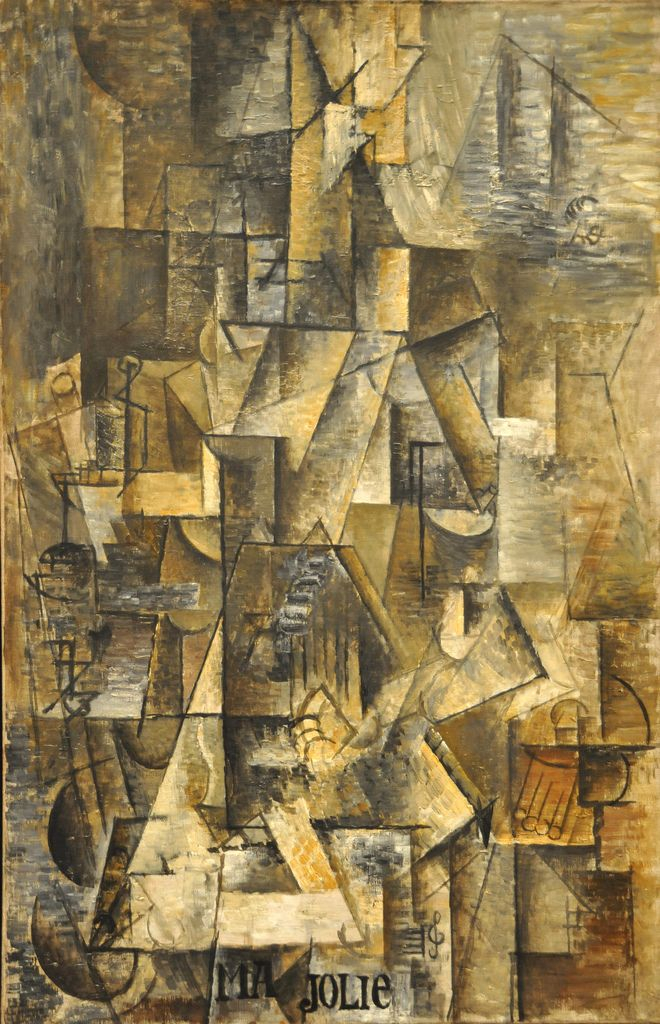
Pinterest 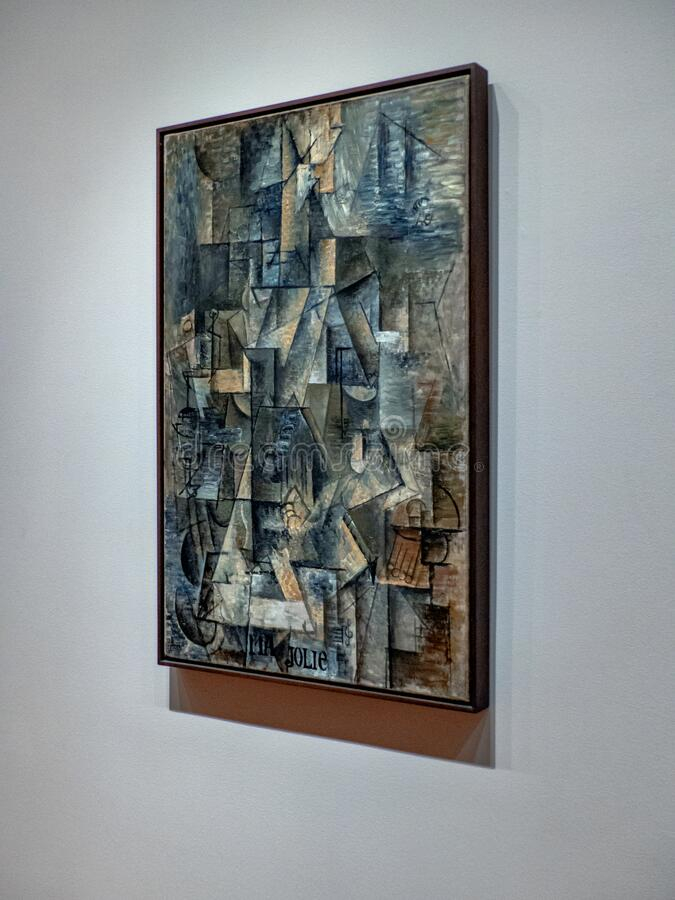
Dreamstime.com -
Picasso titled two collages and oil works Three Musicians. Both were completed in 1921 at Fontainebleau, near Paris, France, and are remarkable specimens of the Synthetic Cubist style. Each piece portrays a Harlequin, a Pierrot, and a monk, who are claimed to be Picasso, Guillaume Apollinaire, and Max Jacob.
The Harlequin with the guitar in the center is a recurring stand-in for Picasso throughout his work. Pierrot and Harlequin are classic characters from the ancient Italian comedy theater known as Commedia dell'Arte, a reoccurring theme in Picasso's art.Despite being an oil painting, Three Musicians appears to be a collage made from cut-out pieces of colorful paper. The forms are simplified to geometric designs that fit together like jigsaw puzzles.
Three Musicians represents a significant shift in Picasso's work that occurred after 1914. Picasso only made a few collages after 1914. Instead, he employed Cubist techniques in the traditional medium of oil on canvas, allowing him to create far larger and more colorful pieces.
This new approach had a significant advantage: oil paintings could command far higher prices than collages.Year: 1921
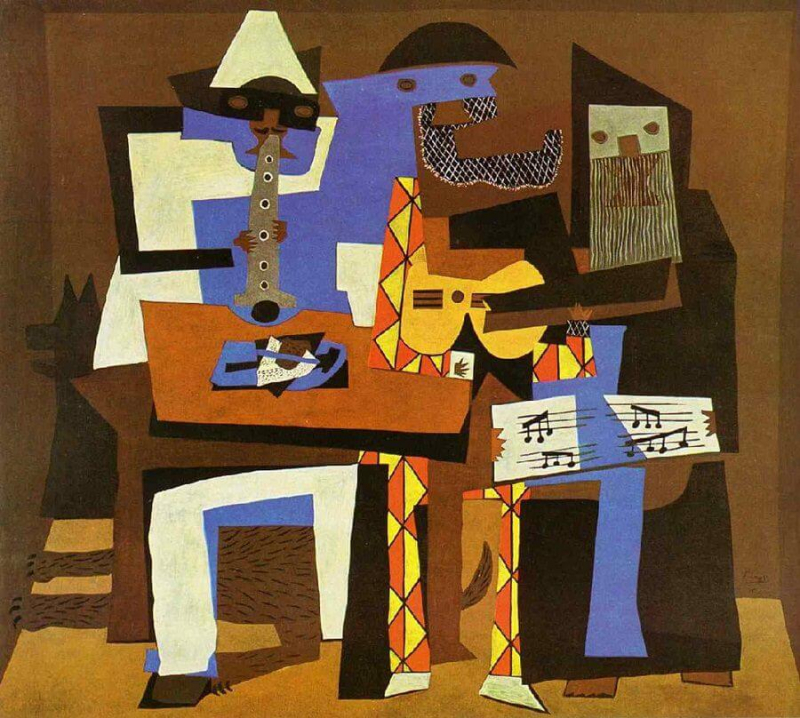
Pablo Picasso 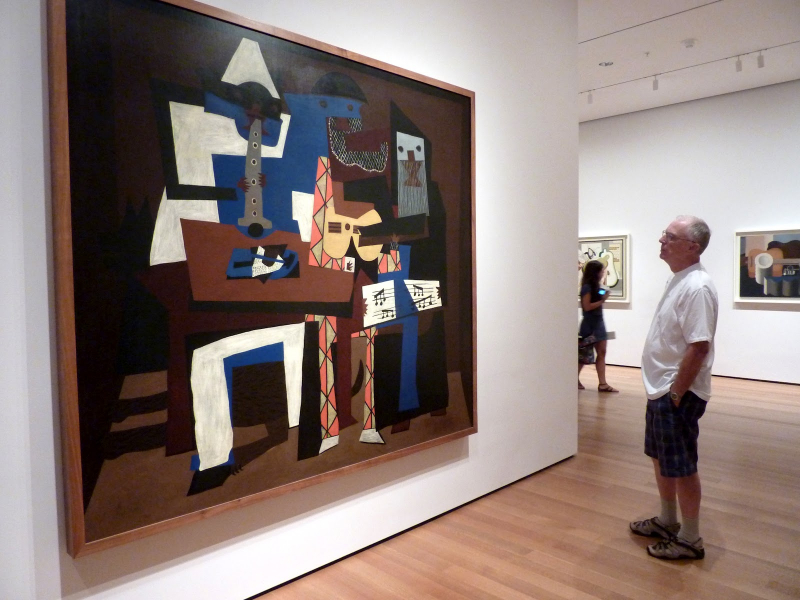
Kyluc.vn -
In the summer of 1931, Picasso created a series of odd erotic beach images, including The Kiss, at his French Riviera vacation resort of Juan-les-Pins. The grotesque character of the depicted shapes, said to be inspired by the 50-year-old painter's affair with 19-year-old model Marie-Therese Walter, reduces this moment of intimate contact to a level of crudity, arguably more emblematic of his worsening relationship with his wife, Olga.
The two figures' praying mantis-like heads were popular with Surrealists because the twisted thought of the female bug consuming her mate after intercourse provided another visual metaphor of the life and death dilemma. Picasso's obscene vagina dentatta teeth imagery, as well as penile tongues, are included in these heads.Year: 1931
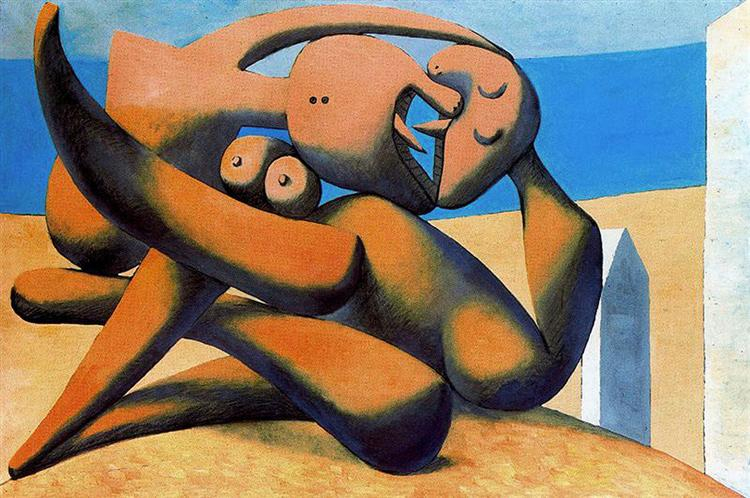
Wikiart 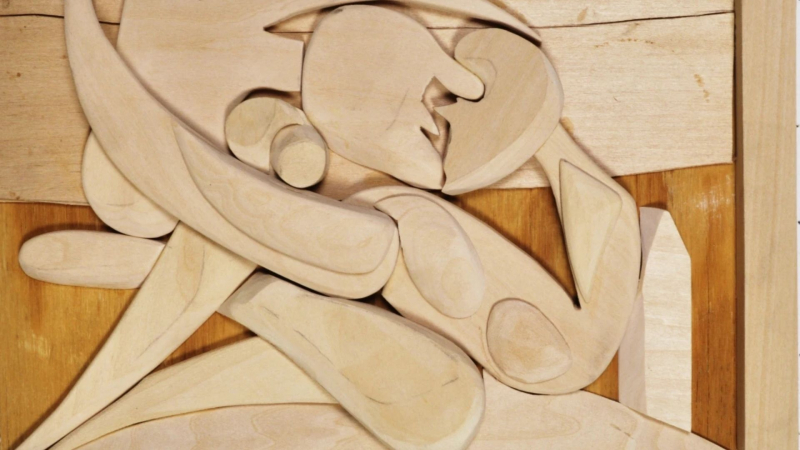
Talenthouse -
Le Rêve (The Dream) is a 1932 oil painting (130 x 97 cm) by Pablo Picasso, depicting his 24-year-old mistress Marie-Thérèse Walter. On January 24, 1932, it is reported to have been completed in one afternoon. It is from Picasso's distorted representations period, with simple contours and clashing colors reminiscent of early Fauvism.
Unlike his later companion Dora Maar, who Picasso frequently depicted as tortured or menacing, Marie-Thérèse is usually depicted in his works as blonde, sunny, and cheery. Picasso made several works with eroticism aspects, and the erotic content of this iconic artwork is frequently recognized, with critics pointing out that Picasso painted an erect penis, apparently signifying his own, in the upturned face of his 22-year-old model. Le Rêve was sold in a private sale in March 2013 for $155 million, making it the sixth most expensive painting ever sold at the time. As of 2016, this is the second-highest price ever paid for a Picasso painting, behind Les Femmes d'Alger (Women of Algiers), which sold for $179.4 million in May 2015.
English Title: The Dream
Year: 1932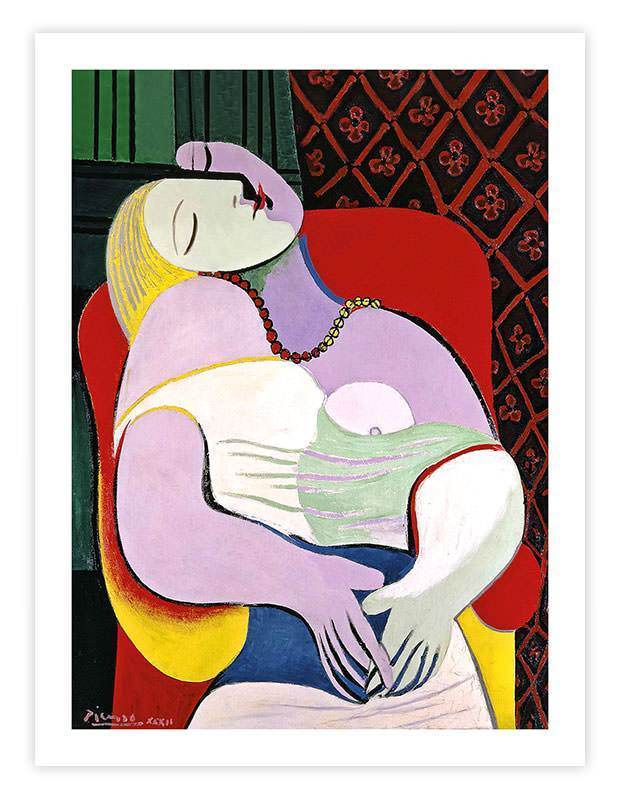
Pop Motif 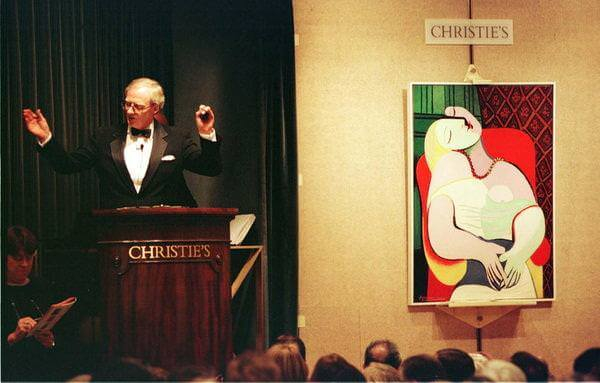
Pablo Picasso












